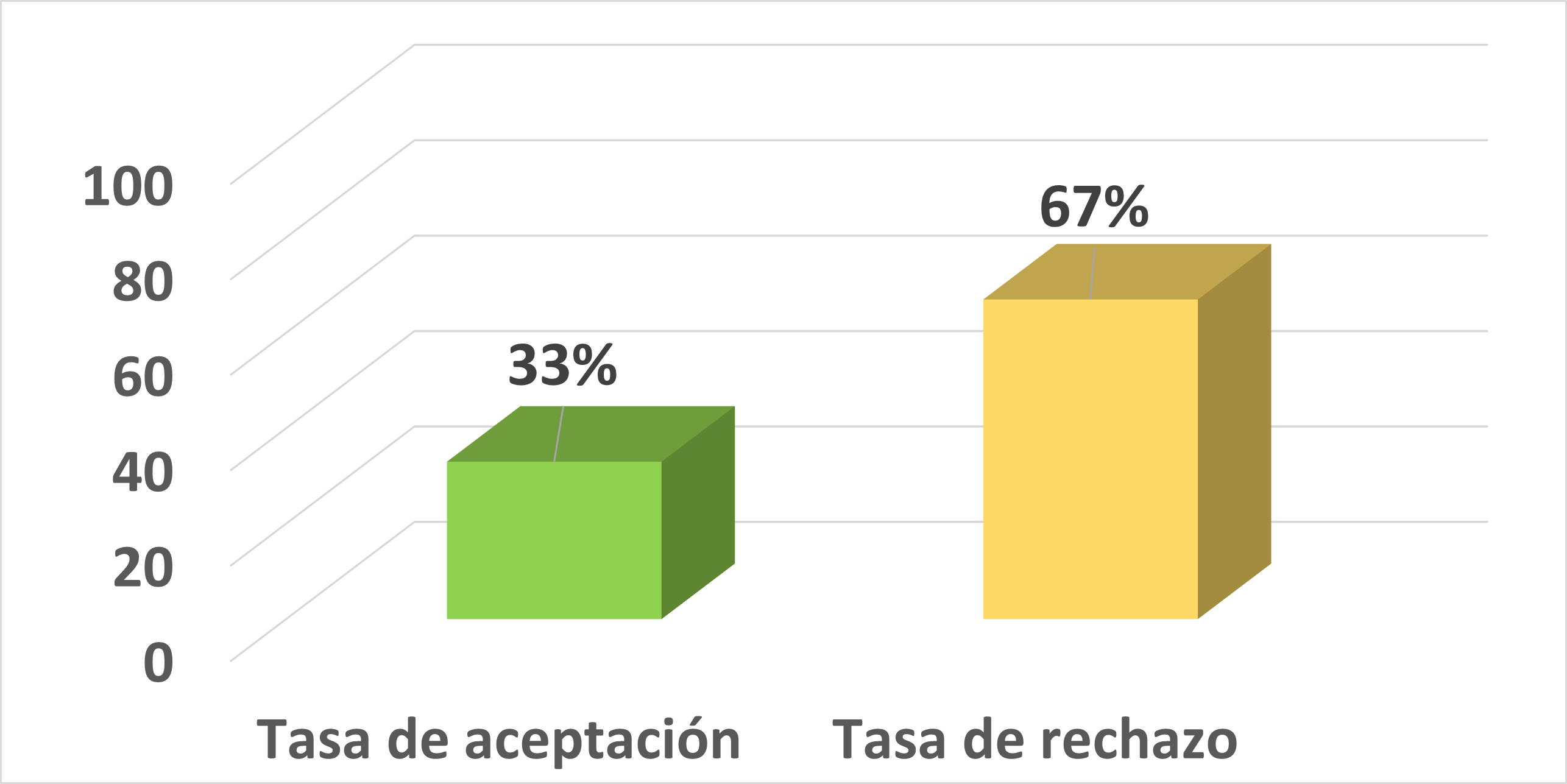Ecological Footprint of the Agricultural and Renewable Natural Resources Area at National University of Loja
Keywords:
biocapacity, eco-efficiency, ecological deficit, ecological footprintAbstract
The ecological footprint by 2014 in the ARNRA at NUL, which involves analyzing human demands on the biosphere by comparing the consumption with regenerative capacity of the Earth was calculated and eco-efficiency measures were proposed. The number of carbon dioxi- de tons (t CO2) released into the atmosphere because of the electricity, water and paper consumption, buildings construction, mobility and waste generation, was determined by using emission factors. It was determined that the amount of CO2 emitted into the atmosphere was 330.97 t/C02/ha/year in a space of 2.67 ha corresponding to the ARNRA. The CO2 fixation capacity in forest land in the province of Loja where living and dead biomass accumulates was 4 404 t/C02/ha/year. The area required for the absorption of CO2 emissions was 75.15 ha. It was calculated that the ecological footprint was 0.13 ghas/person/year, which is an accep- table value compared to reports from other universities. In addition, it was determined the absence of ecological deficit because the biocapacity was 1.79 ghas/person/year. The proposed eco-efficiency measures will allow the reduction of environmental impacts, as long as there is commitment from the University community.References
Aguirre N. y Z. Aguirre. (2004). Guía para monitorear la biomasa y dinámica de carbono en ecosistemas forestales en el Ecuador. Loja, Ec. Universidad Nacional de Loja. 54 p.
Arroyo P., J. Alvares, J. Fernández, C. Martínez, G. Ansola y E. Calabuig. (2009). Huella Ecológica del Campus Vegazana. Seguridad y Medio Ambiente. 113:38-51.
Cárdenas C., A. Peinado, A. Mora y L. Moreno. (2011). Cálculo de la huella ecológica. Unidad de Calidad Ambiental. Universidad de Granada. 41 p.
Carpio M. (2013). Huella Ecológica y ecosistemas estratégicos: indicadores de sostenibilidad para el ordenamiento territorial. Análisis en el cantón Cuenca. Universidad de Cuenca. 40 p.
CEPAL. (2010). Huella ecológica: conceptos básicos y metodología. Centro de Educación Ambiental del Paisaje de Aranjuez. Fundación Aranjuez Paisaje Cultural. España. 1-7.
Doménech J. (2006). Guía metodológica para el cálculo de la huella ecológica corpora- tiva. En terceros encuentros sobre desarrollo sostenible y población. 46 p.
Doménech J. (2007). Huella ecológica y desarrollo sostenible. AENOR. Madrid. 377 p.
Doménech J. y G. Arenales. (2008). La huella ecológica de las empresas: 4 años de seguimiento en el puerto de Gijón. OIDLES. Universi- dad de Málaga. 21 p.
Ferrer A. y A. Muñoa. (2010). Sistemas de gestión ambiental. Instituto Sindical de Trabajo, Ambiente y Salud (ISTAS). España. 88 p.
Flint K. (2001). Institutional ecological footprint analysis: a case study of the University of Newcastle. International Journal of Sustainabi- lity in Higher Education. 2: 48-62. García L. y C. Cuesta. (2007). El Protocolo de Kioto y los costos ambientales. Instituto International de Costos. 1: 9-31.
Intergovernmental Panel on Climate Change (IPCC). (2007). Climate Change: The Physical Science Basis. Cambridge Press, New York. 104 p.
Leiva J., I. Rodríguez y P. Martínez. (2012). Cálculo de la huella ecológica de la Universidad Central “Marta Abreu” de las villas. Santa Clara, Cuba. 30-34.
López N. y D. Blanco. (2008). Metodología para el cálculo de la huella ecológica en universidades. Cumbre del Desarrollo Sostenible. Madrid. 24 p.
Martin S. y R. Jucker. (2003). Education for a Sustainable Future. Educating earth-literate leaders. Prague, Czech Republic. 10 p.
Ministerio del Ambiente del Ecuador (MAE). (2013). Reporte de la Huella Ecológica Ecuador: 2008 y 2009. Quito, Ecuador. 30 p.
Ministerio del Ambiente del Perú (MINAM). (2013). Instituciones Públicas Ecoeficientes. Lima, Perú. Disponible en: http://ecoeficiencia. minam.gob.pe/public/docs/31.pdf
Tomasellí M. (2004). Investigación de la Huella Ecológica en la Universidad de San Francisco: cálculo y creación de un reportaje. Quito, Ecuador. 57 p.
Universidad de Málaga (UMA). (2011). Huella Ecológica de la Universidad de Málaga. Vicerrectorado de Infraestructuras y Sostenibilidad. 16 p.
Wackernagel M. y W. Rees. (1996). Our ecological footprint: reducing human impact on Earth. New Society Publishers. 17 p.
World Business Council for Sustainable Development (WBCSD). (2010). Vision 2050: a new agenda for business. Switzerland. 80 p. Disponi- ble en http://www.wbcsd.org/
World Wildlife Fund (WWF). (2008). Informe planeta vivo. 48 p. Disponible en http://assets.panda.org/
Downloads
Published
How to Cite
Issue
Section
License
Those authors who have publications with this journal, accept the following terms:
- After the scientific article is accepted for publication, the author agrees to transfer the rights of the first publication to the CEDAMAZ Journal, but the authors retain the copyright. The total or partial reproduction of the published texts is allowed as long as it is not for profit. When the total or partial reproduction of scientific articles accepted and published in the CEDAMAZ Journal is carried out, the complete source and the electronic address of the publication must be cited.
- Scientific articles accepted and published in the CEDAMAZ journal may be deposited by the authors in their entirety in any repository without commercial purposes.
- Authors should not distribute accepted scientific articles that have not yet been officially published by CEDAMAZ. Failure to comply with this rule will result in the rejection of the scientific article.
- The publication of your work will be simultaneously subject to the Attribution-NonCommercial-NoDerivatives 4.0 International (CC BY-NC-ND 4.0)









